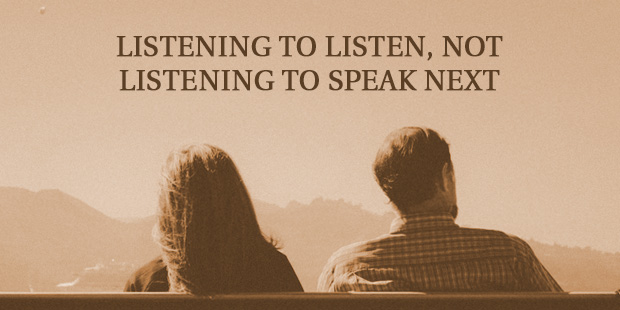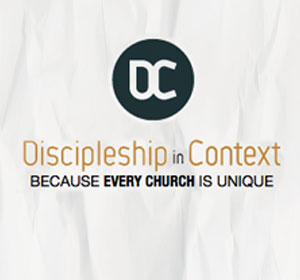
Learning to Listen, Not Listening to Speak Next
What if active listening is really just the baseline level of acceptable listening rather than the ultimate destination point? What if, instead of us viewing active listening as something to achieve, we look at it as more of a basic expectation upon which we build and grow?
There are at least three levels of listening that can be layered on top of active listening.
1. Respecting
This might be closest to what’s typically referred to as active listening. We hear what’s being said, understand its intent, and respond accordingly. This is productive, respectful listening. This bears all the hallmarks of active listening. We’re engaged, there’s eye contact, we’re not interrupting, and so on.
2. Empathizing
Now don’t skip this one because you’ve heard this word tossed around all the time. It’s not nearly as simple as we make it out to be. “I know how you feel” isn’t empathy. “Walking a mile in someone’s shoes” isn’t empathy. It may often be more akin to the pretending we chatted about before. Resist the urge to speed past this. When my professor first explained what empathy actually is, it knocked me completely on my – how do the French say it? – derriere.
As he explained it, empathy involves “reflecting and experiencing other people’s feelings and states of being through a quality of presence that has the consequence of their seeing themselves with more clarity,” even without any words being spoken. Do you get how huge that is?
View the situation from the other’s point of view. What do they want, whether it’s been plainly stated or not? What are they feeling? Not what would I be feeling if I were them – what are they feeling?
We also strive to hear the intention behind the content with sincerity and respect. Empathizing enables us to respond by facilitating the other person’s intention (a response is not a defensive reaction). We do this by attempting to see the big picture and respond with the idea of maintaining a long-term relationship within which we can serve and care about the other.
3. Generative Listening
Generative listening is sophisticated listening; it is active, inventive listening that evokes the best qualities in others by creating the other’s brilliance. This is what Robert Greenleaf – essentially the father of the modern servant leadership movement – was referring to when he said that “people grow taller when you listen to them.”
Generative listening is a creative act. You become a finely tuned receiver that picks up what currently is, and also what wants to be, communicated. Ideas and solutions that you hadn’t considered before may simply emerge, at least in part, because your stubbornness and ego are in check. By letting go of preconceptions and biases; you’re able to sit patiently in the “not knowing,” unthreatened by differences of opinion. This allows the act of listening to birth something truly original and worthwhile.
The notion of silence is another aspect of generative listening some refer to as generative silence. Some find silence awkward or oppressive, but a relaxed approach to dialogue will include the welcoming of some silence. It is often a devastating – but very important – question to ask ourselves: If I say what’s running through my head, will I really improve on the silence?
So, you see, when we begin to listen in these ways, our listening becomes so much more than simply “good communication.” It becomes a vehicle to serving the other. It evolves into a way we help others grow taller.
Read more from Matt here.

Tags: Active Listening, Listening, Listening Deficit, Matt Monge











